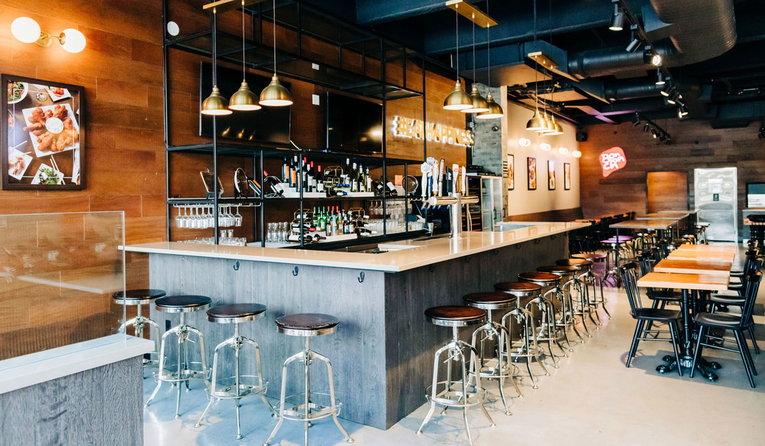By Jessie Szalay
Via QSR
Brands can find a foothold in the U.S. with the right domestic partners.
Bonchon’s growth and success in the U.S. has been organic and almost entirely based around individual franchisees.
For more than 35 years, umami fans have been able to dive into Yoshinoya’s signature beef bowls whether they were in the U.S., Japan, or Hong Kong. The Tokyo-based fast casual’s longstanding presence demonstrates success in one of the most challenging areas of limited-service growth: bringing a beloved foreign brand into the U.S. It can be tricky but rewarding terrain.
“We’re being careful, even though we’re in expansion mode,” says Bobby Williams, vice president of marketing at Yoshinoya.
Foreign brands are increasingly reaching a stage where they are considering international expansion, says Rick Bisio, a franchise coach who previously directed international development for Popeyes, Cinnabon, and more.
Flynn Dekker, CEO of Bonchon, a Korean fried chicken brand that has successfully scaled in the U.S., says the digital world has broken down barriers that might have existed 10–15 years ago. “There’s a lot more interest in foreign brands and flavors, things that are not what you grew up with necessarily,” he says. This means that international companies and cuisines can be a benefit, if managed correctly.
There are three strategies for bringing foreign concepts into new countries, Bisio says. Company-owned development is an expensive, powerful strategy. Under this approach, franchises in new countries are not open to locals until the brand is well-established. If and when the brand begins franchising, potential operators will reap the benefits of the first wave of corporate stores.
National or regional development programs involve a company granting an organization in the new market the rights to open several stores. Representatives from the brand’s native country are usually brought in to help run things. Again, individual local franchisees have no point of entry until much later on.
The third and most common form of international development is a master license. The brand sells rights within another country, and the purchasing organization may either open stores or sell franchises to locals. This method is easy and makes money for the franchisor but can be hard on franchisees because support is lacking.

